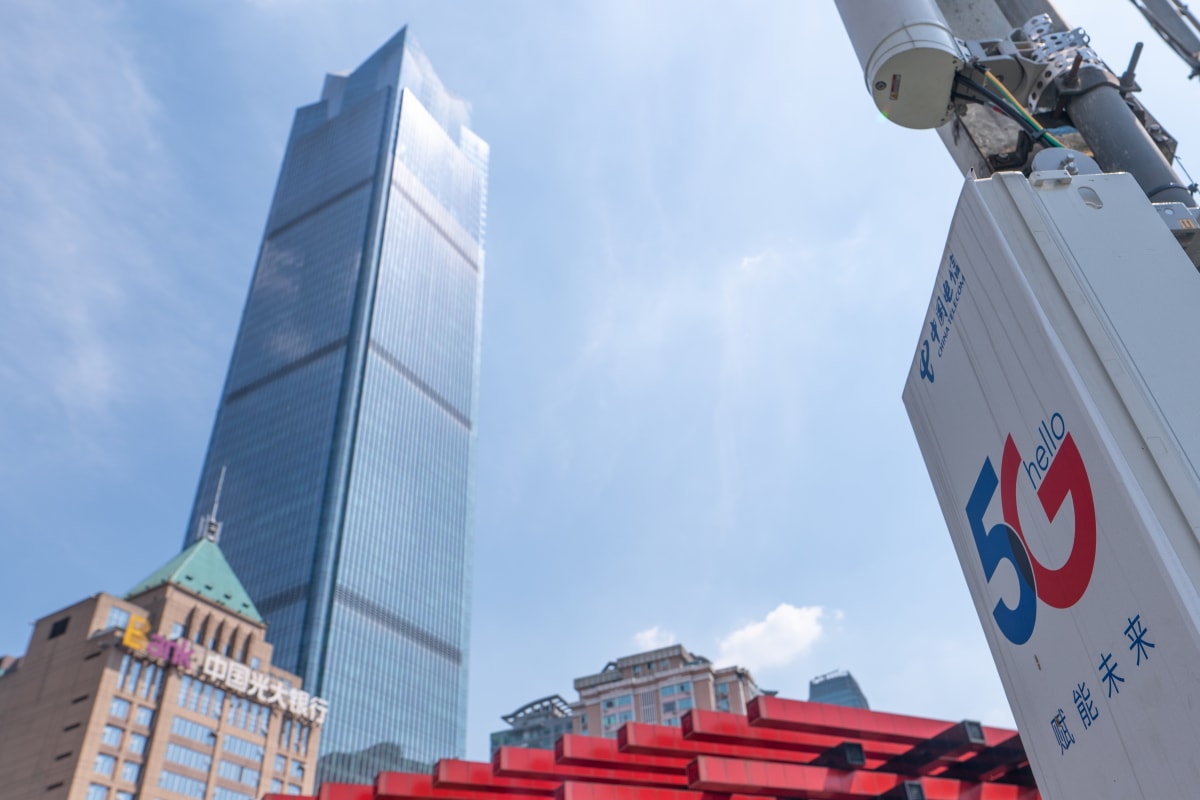As the world grows increasingly reliant on wireless internet networks and devices to communicate and perform online tasks during the ongoing pandemic, the adoption of fifth-generation (5G) mobile services has become a paramount task globally. There has been an influx of interest in many countries for pushing for 5G technology, including emerging economies within the Asia Pacific (APAC) region. A recent EY study shows that businesses in the area are at the forefront of 5G rollouts, with several 5G players popping up over the past couple of years.
The Reimagining industry futures study 2021 of more than 1,000 global enterprises revealed that almost 80% of APAC businesses are rolling out a 5G program or plan to do so in the next three years, compared to about 70% of businesses in the Americas and Europe.
According to the survey, more than 70% of the executives said the pandemic sped up their digital transformation plans, and 65% considered emerging technologies crucial to their company’s recovery from the health crisis.
At the backdrop of these digital transformation initiatives is the 5G technology. More than 50% of the survey respondents saw increased investments in 5G and Internet of things (IoT) technologies.
As per the study, pandemic-induced disruption has led to a widespread focus on digital plans to support such fundamental shifts as the 5G tech market is still growing.
EY Asean Tech, Media and Telecom lead Joongshik Wang explained that while 4G has essentially disrupted consumer technology, 5G will be ‘the game-changing technology for industrial transformation across all sectors.”
Wang also mentioned that overall, almost 60% of those who have not made 5G investments yet are now planning to adopt the technology in the next three years. Currently, digital expenses across the business are predominantly allotted to artificial intelligence (AI), robotics, automation, and other emerging tech.
Asia Pacific leading the pack in 5G
With increasing government support, the APAC region is progressing well with the rollout of the 5G network. According to research by the Economist Intelligence Unit (EIU), nine of 16 overall APAC markets have either concluded 5G spectrum auctions or carried out commercial 5G launches. As per the study, South Korea, Taiwan, Japan, and China are the most advanced in 5G. Thailand has been progressing well, while India, Indonesia, Vietnam, the Philippines, Malaysia, Sri Lanka, and Pakistan lag behind.
As per the EY study, nearly 30% of APAC businesses are increasing their 5G and IoT investments from the previous year, while only 15% are doing it in Europe and 13% in the Americas. Overall 78% of APAC executives expect 5G to comprise the core of their business in the future, while only 75% of executives in the Americas and 70% in Europe expect the same scenario.
A 2020 GlobalData study predicted that APAC would become the leading region in 5G adoption by 2024. The data and analytics company stated that by 2024, APAC would have 1.14 billion 5G subscribers or 65% of the total global 5G subscriptions.
Uneven 5G growth in Southeast Asia
While APAC is forecast to be the world leader in 5G adoption, a Moody’s report showed that rollout of 5G services will be uneven due to some countries lagging behind, particularly in South Asia.
Moody’s senior analyst Nidhi Dhruv mentioned that operators in pioneer 5G markets, such as China, Hong Kong, South Korea, Malaysia, Philippines, and Singapore will be able to boost their revenues with the launch of services over the next one or two years.
However, near-term revenue from 5G services will be insignificant for the late adopter markets of Bangladesh, India, and Indonesia. The report also said that late adopters may require government assistance in the rollout of 5G services due to the impact of the pandemic.
EY’s Wang said that Southeast Asian countries are already ramping up their 5G efforts to catch up with the rest of the world. He argued that the lagging behind might be due to telecoms still recovering from recent investments in their 4G networks. Compared with 4G, capital expenditure for 5G is far greater while demand for 5G services is still in its growth stage, Wang explained.
According to Wang, the government’s support alone would not be sufficient in tackling the challenges to 5G adoption in the Southeast Asian region. The lack of clear cost benefits of 5G to businesses in Southeast Asia would also delay its implementation.
“The collective buy-in, as well as collaborative investment and effort of enterprises, telco operators and all stakeholders in the entire ecosystem, will be needed for the successful rollout of 5G,” Wang said.










 Australia
Australia China
China India
India Indonesia
Indonesia Japan
Japan Malaysia
Malaysia Philippines
Philippines Singapore
Singapore South Korea
South Korea Taiwan
Taiwan Thailand
Thailand Vietnam
Vietnam Germany
Germany Hong Kong
Hong Kong USA
USA Switzerland
Switzerland Singapore
Singapore
 United Kingdom
United Kingdom







